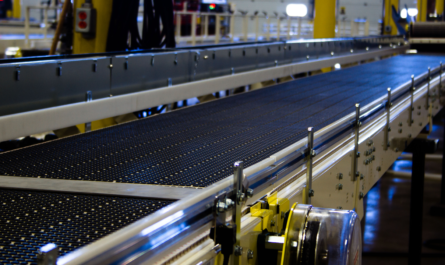Major tech companies like Samsung, Huawei and Motorola have already unveiled their first commercial foldable devices with more expected to arrive over the next year. These innovative new devices represent the next evolution in smartphone design by allowing screens to fold in half like a book or flip like a clamshell. Let’s take a deeper look at the emerging foldable smartphone category and what it could mean for the future of mobile technology.
Early Adoption and High Price Tags
The first generation of foldable smartphones like the Samsung Galaxy Fold, Huawei Mate X and Motorola RAZR are undoubtedly niche products targeted at early adopters willing to pay premium prices. At well over $1000, these devices are significantly more expensive than your average flagship smartphone. However, this is to be expected as new form factors and folding display technologies require massive R&D investments which drive up costs. Over time, as foldable screen production ramps up and the technologies mature, prices are expected to steadily decline. Within a few years, foldables could reach price parity with conventional flagships. Despite the high costs, early sales projections indicate strong consumer interest in these futuristic devices.
New Use Cases for Expandable Screens
Foldable phones open up creative new use cases that take advantage of their flexible, expanding displays. With devices like the Galaxy Fold, you get a larger tablet-sized screen for watching videos, gaming or multitasking when unfolded but can fold it down into a compact phone size for one-handed use and portability. The Mate X’s outward folding display allows for novel wraparound apps that flow seamlessly between the front and back panels. Devices like the RAZR emphasize nostalgic designs along with practical screen cover functionality for protecting the display when closed. Overall, flexible foldable formats afford unique mobile experiences that go beyond what’s possible with today’s conventional slab designs.
Challenges of Folding Displays
While the dawn of Foldable Smartphones is an exciting time, there are still technical challenges that need to be overcome for these devices to reach their full potential. Chief among them is the durability and lifespan of the delicate folding OLED displays. Early adopters reported screen flaws, bulges and breaks which worried potential buyers. Manufacturers will need to drastically improve the screen’s flexibility and robustness to withstand tens of thousands of open-close cycles over the phone’s lifespan. Other issues include crease visibility down the center of the fold which some find distracting, as well as higher failure rates for early production units. As display technologists refine manufacturing processes, these problems should lessen over subsequent device generations.
Other Design Challenges
In addition to the folding screens, device designers still have work to do improving other key aspects of the foldable experience. Most early models have rather bulky or uneven forms that don’t fold quite as flat or seamlessly as envisioned. Batteries also tend to be smaller given the added complexities of folding designs which impacts runtimes. Cameras, ports and other components have to be cunningly arranged across foldable frames. Software support also needs maturing to better optimize interfaces for both folded and unfolded modes. As the category evolves, we can expect slicker industrial designs along with performance and usability refinements across the board.
The Mainstream Potential of Foldables
Once manufacturers address early adoption hurdles, foldables have a real chance to go mainstream within the next 2-3 years. As costs decline and the technology gains strength and polish, these futuristic devices could seriously challenge traditional slab phone designs. Their elastic expanding screens provide a much more versatile canvas for both media consumption and productivity compared to typical static displays. Foldables don’t just open new avenues for mobile apps and experiences but could potentially change how we interact with technology by allowing seamless transitions between handheld and larger format interfaces. As more consumers are exposed to the innovative new form factors, foldable smartphones have the potential to completely reshape the entire mobile landscape.
The Future Looks Flexible
While there remains improvements to be made, the introduction of commercial foldable devices proves that flexible displays have come of age. Early adopters can now get their hands on this next-gen technology category that could change the way we use mobile devices. Over the next couple of years, we’ll likely see foldables gain more mass-market traction as the issues highlighted get addressed and prices become more accessible. Leading manufacturers are also actively exploring rollable, stretchable and other futuristic display technologies beyond simple foldable designs. Ultimately, flexible foldable formats may become the new normal form factor for all kinds of consumer electronics. The future of mobile clearly is looking a whole lot more flexible.
Note:
1. Source: Coherent Market Insights, Public sources, Desk research
2. We have leveraged AI tools to mine information and compile it




